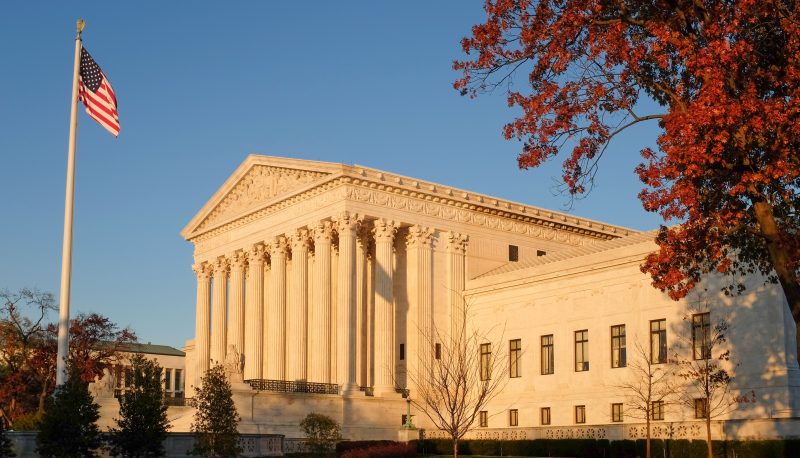Introduction
The 2005-06 term was clearly a period of transition for the Supreme Court, as Chief Justice Roberts replaced Chief Justice Rehnquist, and two justices in a sense replaced Justice O’Connor Justice Alito took her seat on the Court while Justice Kennedy replaced her as the “swing” vote in a number of closely divided cases. And while a relatively large number of the Court’s decisions this term were unanimous (generally where the Court was able to agree on a narrow approach and avoid divisive issues as in the New Hampshire abortion case), the new justices clearly pushed the Court towards the right in several important, closely divided cases. Justice Kennedy played an important role in these cases as well, sometimes restraining the Court majority from adopting more extreme positions. For example:
- a 5-4 majority (including Roberts, Alito, and Kennedy) ruled that the First Amendment does not protect government employee internal whistleblowers
- the same 5-4 majority decided that the exclusionary rule should not apply to violations of the constitutional requirement that police “knock and announce” searches, with Justice Kennedy alone making clear that the decision would not apply more broadly
- the same 5-4 majority limited the scope of the Clean Water Act, with Roberts and Alito joining Scalia and Thomas in arguing for a dramatic cutback in this important environmental law but Kennedy providing the decisive voice for a more restrained approach
- in the Texas redistricting case, where the Court upheld most of the mid-decade redistricting plan inspired by former Rep. Tom DeLay, the same 5-4 majority rejected a challenge by African American voters to the redrawing of a Dallas-area congressional district. Yet Justice Kennedy joined the four moderate members of the Court to rule that carving Hispanic voters out of another district had violated the Voting Rights Act
Justice Kennedy also provided the crucial fifth vote to rule in the critical Hamdan case that the Bush Administration could not unilaterally ignore U.S. law and the Geneva Convention in setting up procedures to decide the fate of detainees in Guantanamo. (Chief Justice Roberts did not participate in that ruling since he had been involved in the case earlier when he was on the D.C. Circuit.)
Voting patterns in 2005-06 confirm the expectations of many about Chief Justice Roberts and Justice Alito. According to an analysis by the Georgetown University Law Center Supreme Court Institute, Roberts and Alito agreed with each other 91 percent of the time. Roberts agreed with President Bush’s professed models for Supreme Court justices, Justice Scalia and Thomas, 86 and 82 percent of the time, respectively. Alito’s statistics reflect only a portion of the term, but he agreed with Thomas and Scalia 77 and 74 percent of the time. In non-unanimous cases, Alito agreed with Roberts 88 percent of the time, but with Stevens only 23 percent of the time; Roberts agreed with Scalia 78 percent of the time, but with Stevens only 35 percent of the time in non-unanimous cases.
The Court’s 2006-07 term is already shaping up as presenting clear and dangerous opportunities for the Court’s ultraconservative members to move the nation backwards on key civil rights and civil liberties issues. The Court has agreed to consider two cases on the validity of the federal abortion ban that closely resembles the Nebraska so-called “partial birth” abortion ban struck down 5-4 by the Court several years ago, with Justice Kennedy among the dissenters.
In addition, the Court will review two decisions concerning the affirmative use of race to promote integration in public schools, which many believe could threaten the Court’s recent 5-4 decision upholding affirmative action in higher education, in which Justice Kennedy also dissented. The Court will also hear an important case concerning whether the Clean Air Act requires the EPA to take action on greenhouse gases. The views of Chief Justice Roberts, as well as Justices Alito and Kennedy, will be crucial in these upcoming rulings.
This report summarizes the Court’s key decisions in 2005-06 on civil rights, civil liberties, and other non-criminal law subjects discussed in our Courting Disaster 2005 report, including cases in which PFAW Foundation filed amicus curiae briefs.
